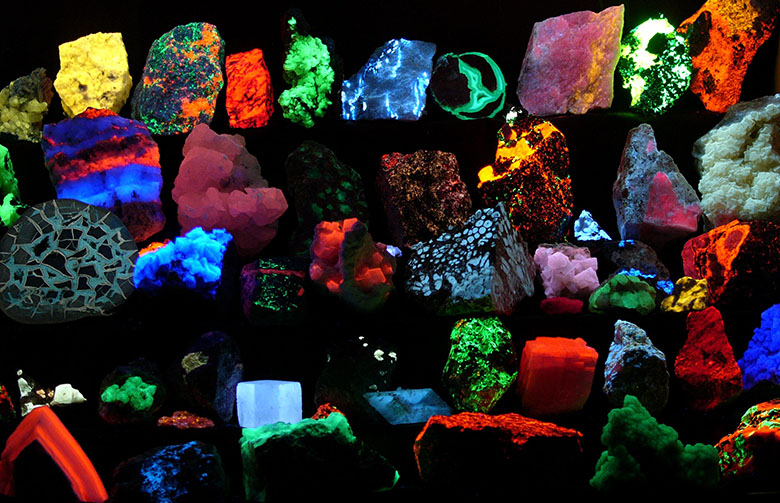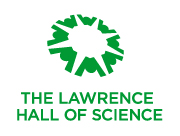Grade Level
3 - 5
minutes
15 minutes or fewer
subject
Chemistry
Activity Type:
ultraviolet light, kitchen science, quick demonstration, sun science
In this activity from Lawrence Hall of Science, you’ll use tonic water to detect ultraviolet (UV) light from the sun.
Materials:
two clear cups (plastic or glass)
tonic water
tap water
flashlight
black piece of paper
pen
two index cards
tape
hardcover book
- Use your pen and paper to make two signs labeled “Tonic Water” and“Tap Water.” Tape these signs next to each other at the top of the sheet of black paper, and tape the black paper to a hardcover book. Stand the book upright and place one cup under each sign.
- Fill each cup to the brim with the kind of water noted on the label. While you’re indoors, shine a bright flashlight at both full cups.Do you see any color difference between the cups?
- Bring your black piece of paper outside, in full sunlight. Prop up the book so that the paper is vertical. Place the same two cups in front of the paper. Now what colors are the two liquids?
What's Going On?
We can see visible light emitted by the sun. But the sun also emits light we can’t see, including UV light. Quinine is a substance found in tonic water that is sensitive to UV light. It can absorb UV light that we can’t see and then re-emit visible blue light that we can see. This process of converting ultraviolet into visible light is called fluorescence. When you shone a flashlight at the cups of water indoors, the tonic water did not fluoresce and glow blue. That’s because flashlights and everyday household lights do not emit a significant amount of UV light.
Examples of Fluorescence

Fluorescence is common in rocks and minerals. This image shows mineral specimens that are fluorescing. Some minerals appear a different color than others because of the different fluorescent elements present in each mineral.
This activity is featured in DIY Sun Science, an iPhone/iPad app that allows you to investigate the Sun at home, at school, or anywhere you go! Download the free DIY Sun Science app at lawrencehallofscience.
Meet the Writer
About Lawrence Hall of Science
The Lawrence Hall of Science, UC Berkeley’s public science center, has been providing parents, kids, and educators with opportunities to engage with science since 1968. Learn more at www.lawrencehallofscience.org

